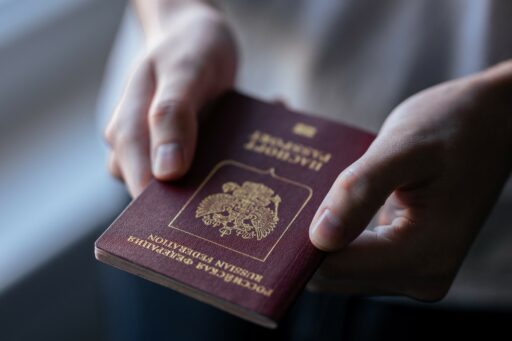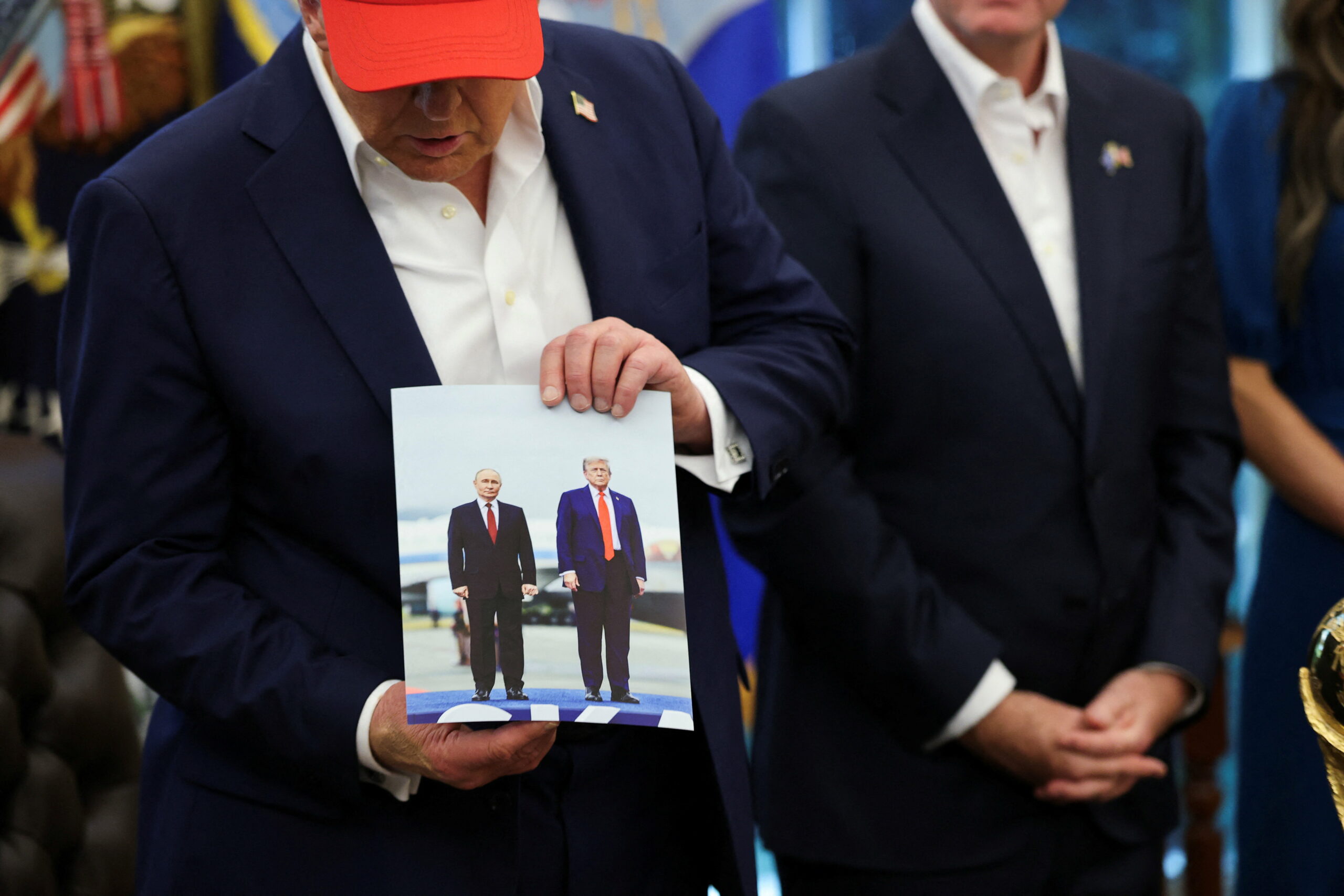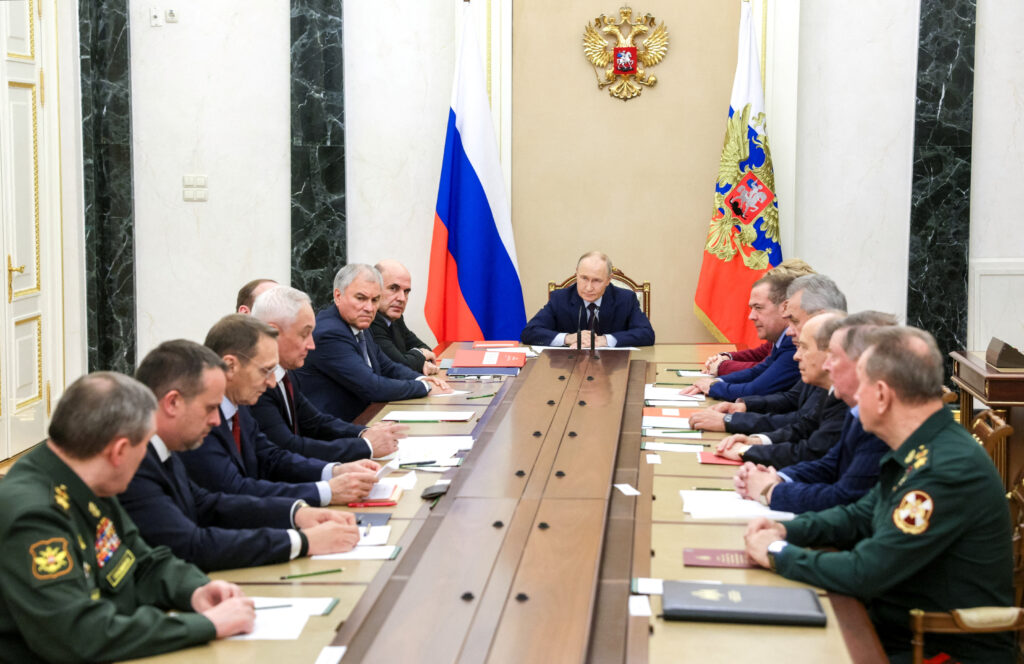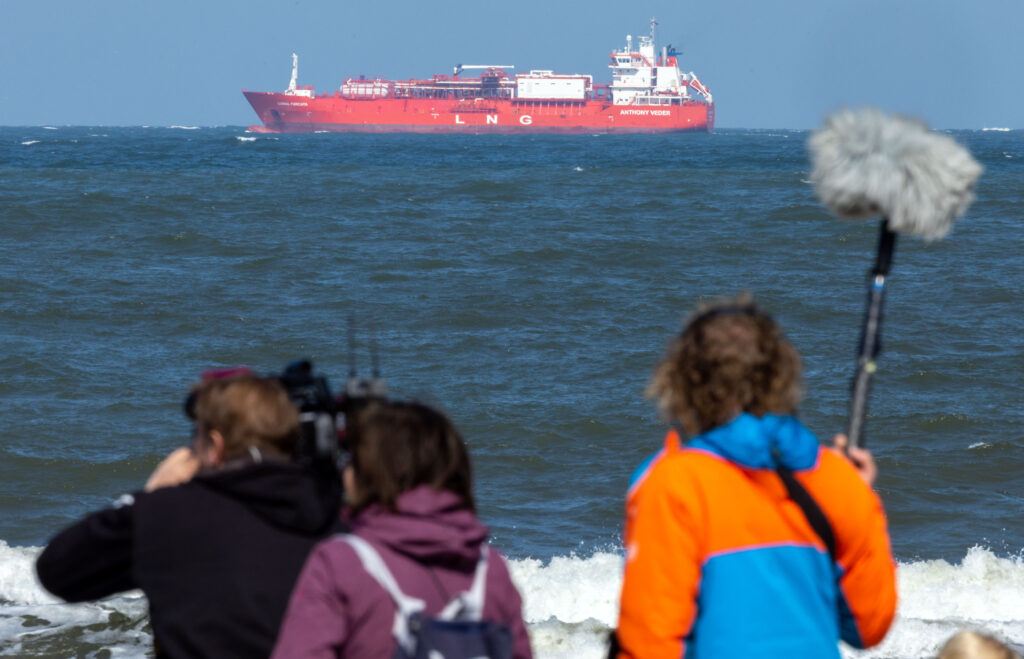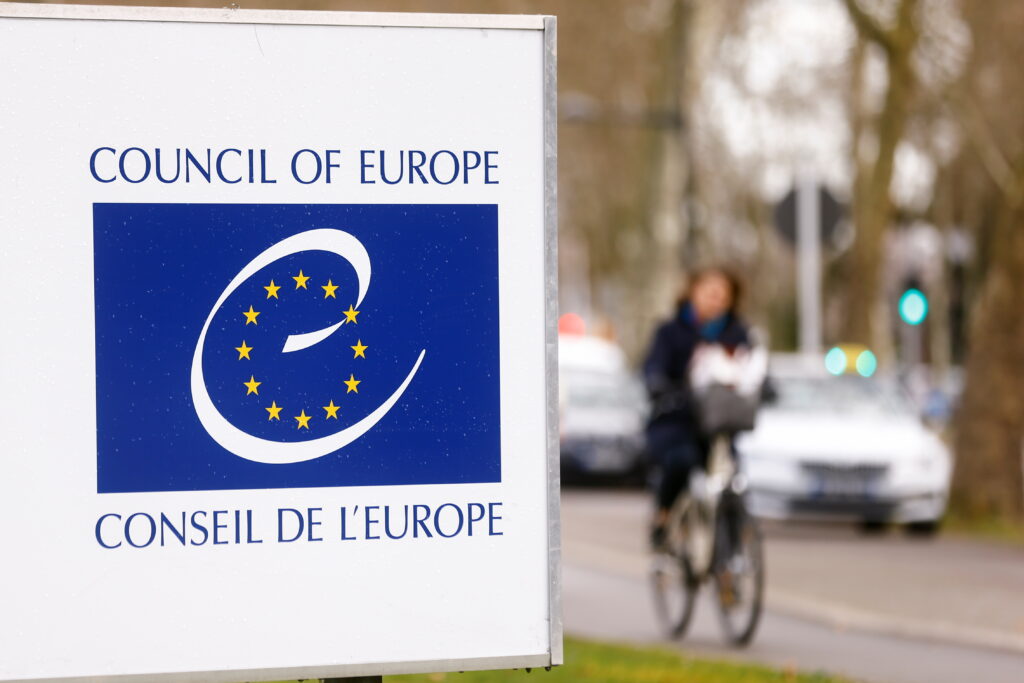The year 2019 was the first in the war of US sanctions against Russia when the net effect of the measures declined. Two years earlier, 2017 was the year of CAATSA – a comprehensive law which elevated sanctions against Russia to a new level. The following year marked the largest single round of sanctions against Deripaska, Vekselberg, several other Russian billionaire tycoons and their companies. The most important sanctions-related events in 2019 were the lifting of sanctions against EN+ and Rusal, and the symbolic sanctioning of Russian public debt, which did not live up to the hawks’ expectations.
What does this mean for Russian-American relations in the long run? At the moment, it seems that President Trump’s administration has withdrawn from the broad escalation of sanctions against Russia. For example, it stopped talking about targeting new sectors of the Russian economy (gas, metallurgy etc.). And last year’s episode with sanctions against Rusal seems to have convinced the US administration that the undesirable consequences of a blow dealt against a major exporter are too significant for global markets to be ignored.
Everything may change, of course, if Trump loses power or Congress enacts new laws such as the DASKA bill, which significantly expands the range of anti-Russian sanctions. However, as indicated by a recent letter from the State Department to the US Senate Committee on Foreign Relations, publicised by the American media, the bill will be vetoed by Trump if no significant amendments are introduced to water it down.
Even if the bill is passed, the administration has already demonstrated that it can make the law operate the way it wants. In theory, the 2017 CAATSA is very strict, but so far very few real sanctions have been imposed on individuals and companies: only 5 firms and 24 individuals (most of them FSB or GRU officers) have been blacklisted under CAATSA in 2.5 years. Moreover, the mechanism of secondary sanctions (against foreigners involved in ‘significant transactions’ with designated Russian entities) was used only once.
The administration retorts that the effectiveness of CAATSA lies in deterring transactions that would have occurred otherwise. But it is clear that the biggest deals with the Russian defence sector, i.e. supplies of S-400 anti-aircraft missile systems to Turkey and India, continue despite the threat of sanctions. Obviously, the White House is not so ardent in its implementation of sanctions against Russia.
Sanctions split into episodes
It can be said that the US sanction-related pressure was split into several episodes last year. On the one hand, the agenda was divided into several spin-offs (sanctions for cyber-attacks, human rights violations, Russia’s cooperation with Venezuela, Syria etc.). On the other hand, the Ukrainian theme that triggered comprehensive sanctions quietly receded into the background. This is partially due to the thaw in Russian-Ukrainian relations in 2019.
The issue of Russian interference in the American election does not seem to be as strong a trigger for sanctions as the Ukrainian conflict was. The risk of tougher measures diminishes as fake news escalates and the idea of interference in US domestic policy loses its significance against the backdrop of emerging theories of Ukrainian interference, UAE interference etc.
Instances of US sanctions in 2019 included sanctions against Evrofinance Mosnarbank imposed in March under the Venezuelan programme, a US government criminal lawsuit against Russian citizens and companies for attempted shipment of a turbine for the Prirazlomnaya offshore oil platform owned by Gazprom Neft in October under Ukrainian sanctions, as well as sanctions against FSB-related hackers Evil Corp. in December.
The main episode when potentially severe sanctions turned out to be very lenient was the August end to the story of Russia’s punishment for poisoning the Skripals in the UK.
Symbolic measures
Pursuant to the Chemical and Biological Weapons Control and Warfare Elimination Act (CBW Act), the US administration was required to impose at least three types of restrictions on Russia from a selection of fairly stringent measures such as export restrictions, import restrictions (including oil and petroleum products), limits on diplomatic relations and a ban on flights operated by Russian state-owned carrier Aeroflot to the US.
In practice, the Trump administration took advantage of a wide range of exemptions and imposed extremely lenient sanctions. The partial sanctioning of Russian sovereign debt (American investors were banned from participating in the primary market for non-rouble-denominated bonds from Russian governmental issuers) turned out to be the most serious measure. At the same time, Americans could still buy rouble-denominated federal loan bonds and trade in Russian non-rouble-denominated bonds on the secondary market without any restrictions.
The only effect the sanctions had on Russia was to make it impossible to sell dollar-denominated sovereign bonds. But there was no need. The Russian government accumulates dollars by buying them on the market based on the budget rule. Besides, it has turned out that Russia takes advantage of a loophole in the form of sovereign dollar lending by multilateral institutions (such as the Asian Infrastructure Investment Bank). As Finance Minister Anton Siluanov said after consultations with Euroclear in December, the Russian government can operate on international markets using other currencies (e.g. the euro).
Congress builds up pressure
Amidst the administration’s unwillingness to extend sanctions against Russia, Congress tried to take the initiative. In late 2019, sanctions against companies which supply specialised marine vessels for the Nord Stream 2 gas pipeline under construction were included in the US National Defense Authorization Act (NDAA). At the same time, the DASKA bill was adopted by the US Senate Committee on Foreign Relations. However, the idea that sanctions are getting more strict can be questioned in this case, too.
To begin with, the NDAA calls for no sanctions against Russian sovereign debt. Although such a provision, which would have covered Russian rouble-denominated federal bonds, was proposed in summer, the senators eventually rejected it. Secondly, sanctions against Nord Stream 2 were imposed too late and can no longer stop the project, which is about 90% complete. According to American media reports, this has been unofficially admitted by the Trump administration itself. Although Swiss company Allseas, Gazprom’s key contractor, has discontinued pipe installation on the Danish section of the gas pipeline, Nord Stream 2 will in any case be completed in 2020 since Gazprom’s well-equipped pipe-laying ship Akademik Cherskiy can install the rest of the pipes.
As for DASKA, its fate in Congress is unknown. The bill’s sponsors had already made concessions to the administration introducing amendments a week before the committee’s vote, making the imposition of sanctions less arbitrary and more dependent on Russia’s behaviour. But that wasn’t all: on the eve of the vote, the State Department sent a devastating 22-page letter to the Committee making it clear that DASKA was unacceptable in its current form. In fact, the Trump administration would like to see a feeble version of the incumbent CAATSA, with no sovereign debt sanctions, instead of the ‘sanctions bill from hell’. The White House wants broad powers over measures against Russia.
Congress does not speak with one voice, either
There is a growing divergence of opinion as regards sanctions policy against Russia. The correlation between sanctions and the country’s behaviour is weakening given the time span between the legislative initiative and its prospective adoption (a year and a half, if not longer). Moreover, the bills introduce timeframes which have to be observed (sanctions cannot be introduced earlier than 60-90 days from the date the law comes into force). Thus, some congressmen are still eager to punish Russia for alleged meddling in the 2016 election. A theoretical question arises: even if we assume that Russia did meddle in the last election but changed its behaviour afterwards, would such punishment for previous sins be justified in 2020?
Apparently Congress is aware of the nuances of the issue; this is why alternative initiatives such as the DETER Act call for sanctions for future election meddling, not earlier interference. There is no consensus in the Congress as regards sanctions policy on Russia. Another watershed is whether explicit mechanisms to lift sanctions should be incorporated into the law. It is no coincidence that a provision lifting sanctions was added to the initially super-restrictive DASKA bill.
The administration’s sanctions policy is becoming more context-oriented and flexible. Under Trump, the Treasury Department feels free to adjust sanctions decisions. This is exemplified by the recent lifting of sanctions against a number of legal entities blacklisted by mistake in relation to the Evil Corp. case. This is the general trend: whenever a ‘positive change in behaviour’ was recorded, sanctions were immediately lifted by the US authorities in 2019, be it on the former head of the Venezuelan intelligence, Turkish ministers, the Latvian port enterprise etc.
Russian assets unaffected by sanctions
We may see more examples of such flexibility. The fact is that economic sanctions have missed many of their targets so far. According to the IMF, the isolated negative effect of sanctions on Russia’s economic growth in 2014-2018 was 0.2 percentage points per annum on average. And that effect is declining. The impact on economic growth is minimal and Russia’s current slow growth has nothing to do with sanctions.
In 2019, Russian assets were more resistant to sanctions than in 2018. The rouble appreciated by approximately 12% against the dollar, the second-best gain in the world after the Ukrainian hryvnia (to compare, in 2018, the rouble depreciated by about 17%). According to Nordea Bank, the Russian financial market became the leader in 2019 among the main emerging markets, according to a combination of factors such as stock market growth, exchange rates, government bonds and CDS spreads). Russian billionaires listed in the Bloomberg Billionaires Index became richer by $52.9 bn in 2019, the biggest gain in four years.
In December, Trump met Russian Foreign Minister Sergei Lavrov in the White House. According to Kommersant, the US President said that, despite sanctions, he would like to multiply trade turnover with Russia. From January-October 2019, this reached $21.6 bn. Taking into account trade in services for the first six months of the year (latest data from the Bank of Russia), the turnover reached $25.3 bn (an increase of 3.5% from the previous year). Supplies of oil and petroleum products from Russia to the US grew by 32% to $5.1 bn. Most of the supplies came from Rosneft, blacklisted under US sectoral sanctions. Washington is hesitant to blacklist Rosneft under the Venezuelan sanctions. In 2020, the trend towards a more lenient sanctions regime will most probably continue, unless black swans such as unexpected diplomatic crises, military conflict or a shift in the US political situation appear.


